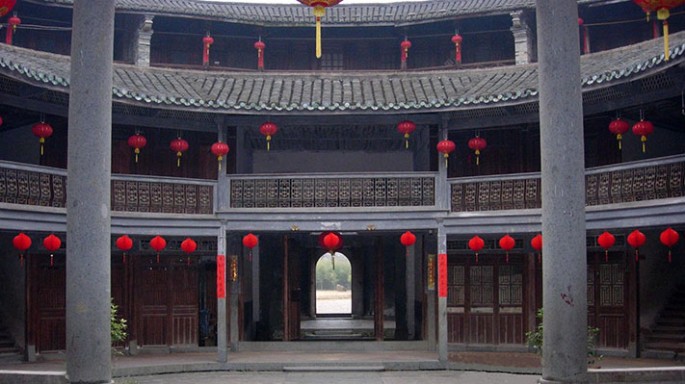Located on the coast of Fujian Province, Xiamen City is home to a mysterious World Heritage Site, the Tulou Earth Buildings. In an article for NZHerald.co.nz, traveler and writer Owen Young traveled to uncover the mysteries of the buildings himself.
Young and his group began their journey in Fujian. A cab ride took them all the way to the Tulou region, with the journey lasting almost four hours. The first Tulou building they found was the so-called Snail Pit or Tian Lou Keng in the local dialect. It consisted of four circular tulous and one square tulous.
The formation, wrote Young for NZHerald.co.nz, is known as a cluster, and the Snail Pit is the most well-known among the earth buildings in the region.
While groups of tourists stayed near the tulou cluster to take pictures, Young and his group started the trek to explore the nearby tulou village. Located on the hillside, the community was composed of several tulou. River stone boulders were used as building foundations, and most tulou walls match the color of the soil in the area.
In the article, Young wrote that tulou are spartan, with almost no decorations or paintwork. Rooms are repetitive and uniform, which reflects the absence of social hierarchy among its residents.
One circular tulou was transformed as a venue for tourists, decorated with red paper lanterns. Souvenir stalls were also present in the village.
Tulou earth buildings are often connected to the Hakka ethnic group. Hakka means “guest families” in Cantonese, and it is still unclear where the Hakka originally came from.
According to academics, the Hakka people might have possibly migrated from north China to Fujian and Guangdong Province, as their language and expertise in earthen construction suggest. Some of the most prominent Hakka include Chow Young Fat, former Singapore Prime Minister Lee Kuan Yew, and Dr. Sun Yat Yen, the founder of the Republic of China.




























